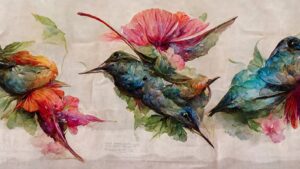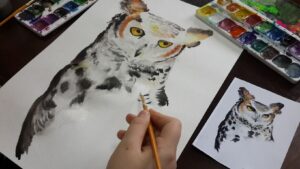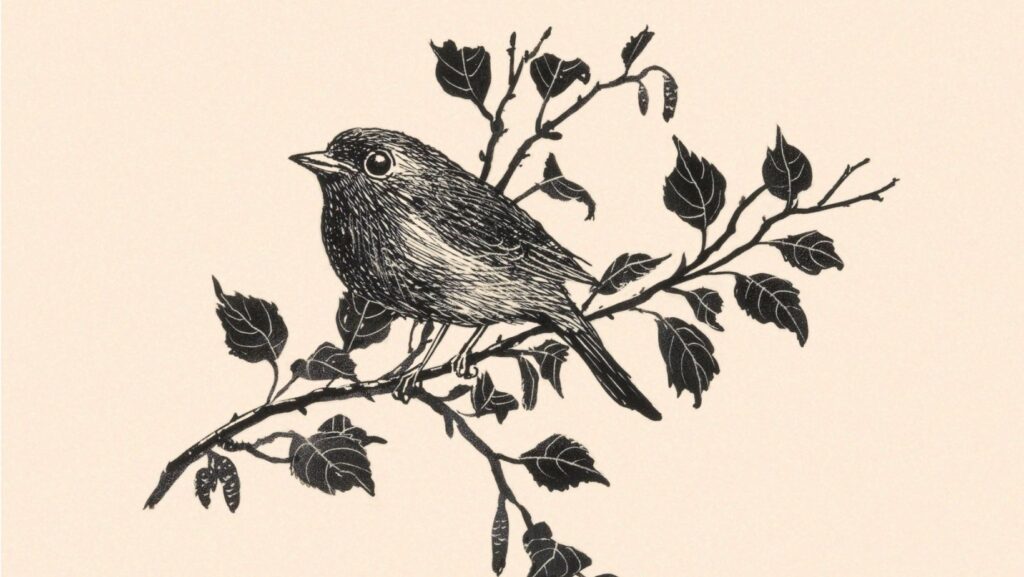Birds have long fascinated artists with their vibrant colors, graceful movements, and intricate details. Drawing birds offers a unique opportunity to capture the essence of these feathered creatures, whether it’s the majestic eagle soaring through the sky or the delicate hummingbird hovering near a flower. This art form not only enhances one’s observation skills but also provides a creative outlet for expressing admiration for nature’s wonders.
For beginners and seasoned artists alike, the journey of drawing birds can be both rewarding and challenging. Understanding the basic anatomy, studying various species, and experimenting with different techniques are key steps in mastering this craft. With practice and patience, anyone can bring the beauty of birds to life on paper, creating stunning works that resonate with viewers. Whether for personal enjoyment or professional pursuit, drawing birds is an enriching endeavor that connects art with the natural world.
Drawing:5imhdjgxuha= Bird
 Drawing: 5imhdjgxuha= Bird illustrations involve capturing detailed elements like feathers, beaks, and claws. Artists often start by observing bird proportions and shapes. Sketching the basic structure helps in creating lifelike images. When drawing a bird, it’s essential to study different species, focusing on unique characteristics and complexity, such as the hummingbird’s delicate wings or the eagle’s powerful stance.
Drawing: 5imhdjgxuha= Bird illustrations involve capturing detailed elements like feathers, beaks, and claws. Artists often start by observing bird proportions and shapes. Sketching the basic structure helps in creating lifelike images. When drawing a bird, it’s essential to study different species, focusing on unique characteristics and complexity, such as the hummingbird’s delicate wings or the eagle’s powerful stance.
To enhance a drawing bird project, artists can experiment with shading techniques to portray depth and texture. Techniques like cross-hatching and stippling are commonly used to illustrate plumage detail. Color selection plays a critical role in bringing a drawing bird artwork to life, requiring careful attention to the bird’s natural hues.
Drawing bird art pieces not only encourages creativity but also deepens the artist’s understanding of avian anatomy and behavior. By continually practicing and studying birds in their habitat, artists refine their skills and create accurate representations.
Understanding Bird Anatomy
 Understanding bird anatomy is crucial for artists aiming to create accurate bird drawings. The study begins with the bird’s skeletal structure, which influences posture and movement. Birds have lightweight bones, an adaptation for flight, providing a framework supporting muscles and feathers. The skull houses the beak, used in drawing bird features like the varied shapes found in parrots and eagles.
Understanding bird anatomy is crucial for artists aiming to create accurate bird drawings. The study begins with the bird’s skeletal structure, which influences posture and movement. Birds have lightweight bones, an adaptation for flight, providing a framework supporting muscles and feathers. The skull houses the beak, used in drawing bird features like the varied shapes found in parrots and eagles.
Differentiating body parts aids in drawing bird anatomy accurately. The chest or keel, where major flight muscles attach, is central in shaping the torso. Wing anatomy, varying in size and form, is vital for capturing species like albatrosses and finches in drawings. Recognizing feather arrangements supports lifelike renderings with detailed patterns and textures.
Attention to legs and feet emphasizes individuality in drawings. Avian species showcase diverse foot structures, visible in hawks and ducks. Tail anatomy affects balance and aesthetic appeal in the artwork, enhanced by understanding bird anatomy fully. This knowledge empowers artists to create authentic, dynamic bird depictions.
Essential Drawing Tools
 Choosing the right drawing tools is vital for capturing the essence of birds. Graphite pencils offer varying hardness levels perfect for sketching, rendering precise lines for bird anatomy. Fine liners add definition to feathers and intricate details on wings. Colored pencils provide vibrant hues necessary for portraying birds’ striking colors.
Choosing the right drawing tools is vital for capturing the essence of birds. Graphite pencils offer varying hardness levels perfect for sketching, rendering precise lines for bird anatomy. Fine liners add definition to feathers and intricate details on wings. Colored pencils provide vibrant hues necessary for portraying birds’ striking colors.
Artists benefit from quality paper that supports pencil work and ink. Heavyweight paper resists smudging, maintaining image clarity. An eraser’s precision aids corrections while preserving important details in bird drawings.
Incorporating blending stumps enhances shading techniques like stippling. They create seamless transitions and soften lines, adding depth to bird illustrations. Mechanical pencils enable consistent line work, essential for intricate parts like beaks and claws. These drawing tools ensure artists capture realistic and detailed bird depictions, making each illustration a reflection of their observation skills and creativity.
Techniques for Drawing:5imhdjgxuha= Bird
Drawing birds offers a unique opportunity to blend art with nature observation. Artists can refine their skills by focusing on bird anatomy and experimenting with various techniques. By mastering shading methods like cross-hatching and stippling, they can add depth and texture to their work. Using the right tools such as graphite pencils, fine liners, and colored pencils is essential for capturing the intricate details of feathers and anatomy. As artists practice and explore different species, they not only enhance their artistic abilities but also deepen their appreciation for avian beauty. Whether they’re beginners or seasoned artists, the journey of drawing birds is both enriching and rewarding.
